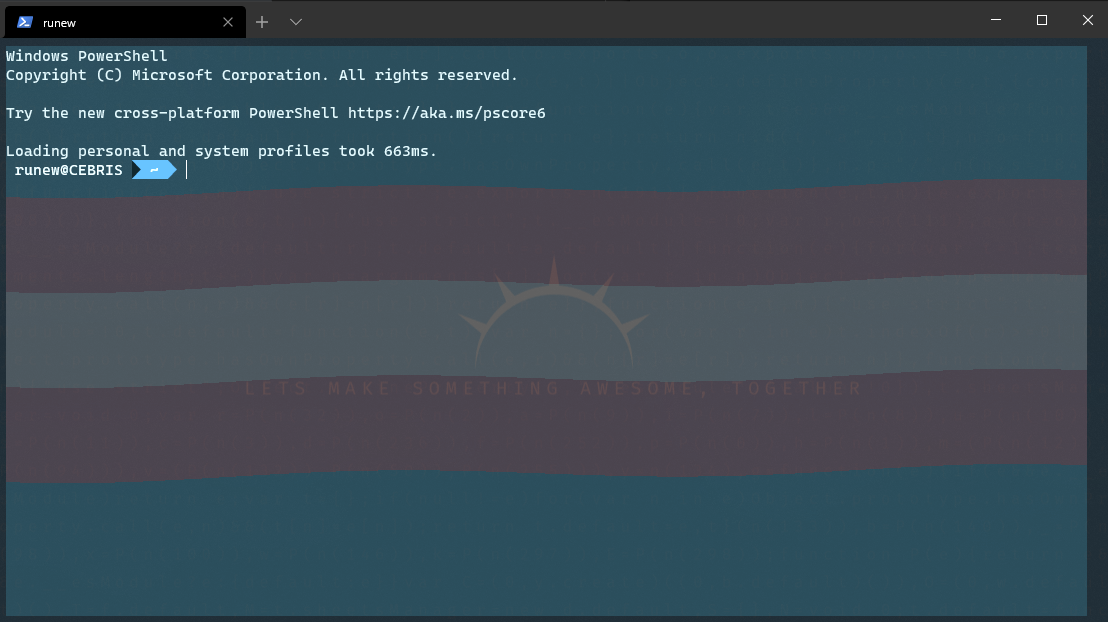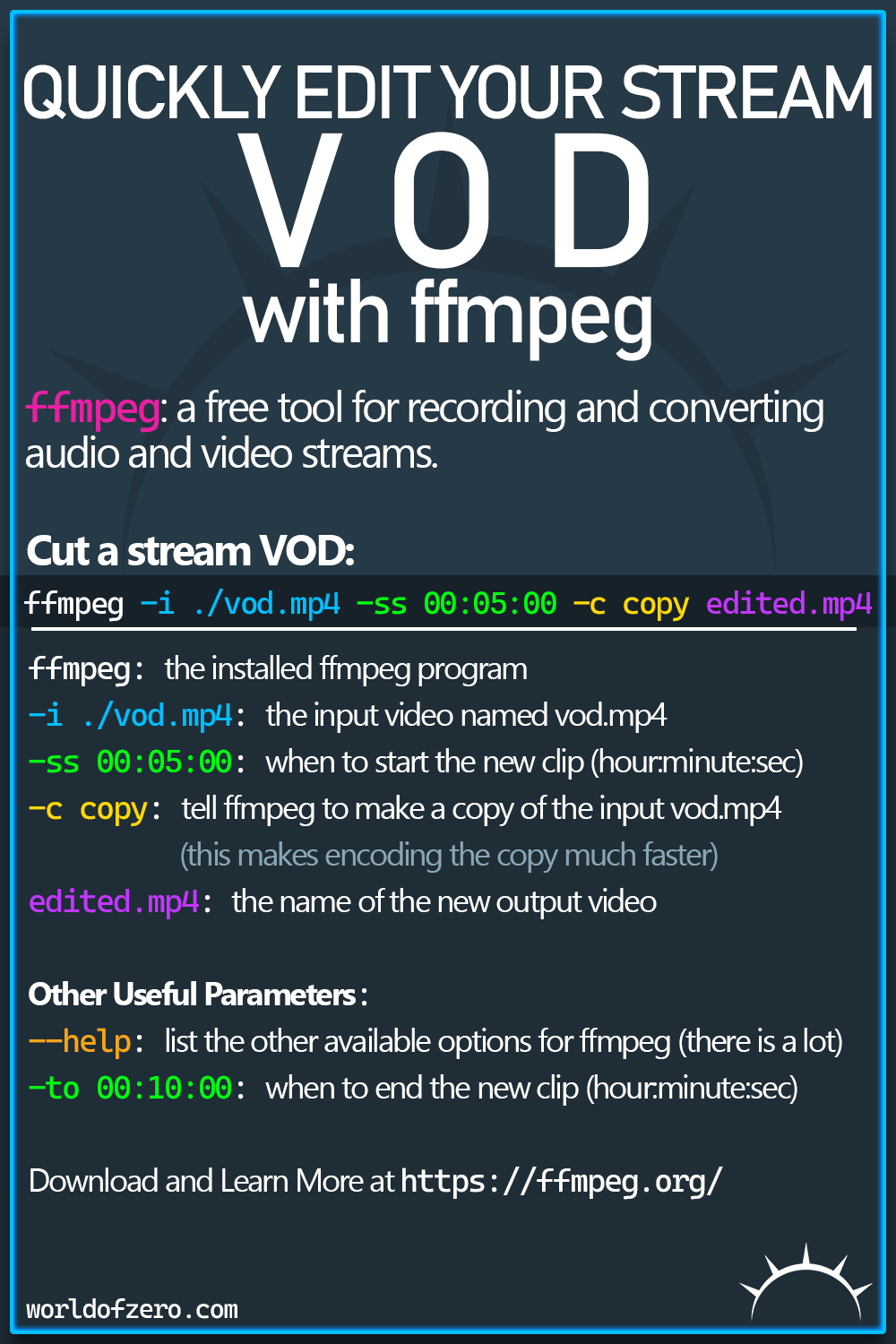Creating a Stepped Gradient Shader in Unity
· ☕ 2 min read
Let’s build a stepped gradient in Unity! This is a form of gradient with hard transitions between the different keyframes in the gradient which creates clear blocks of color like you might see on a flag or logo.


















